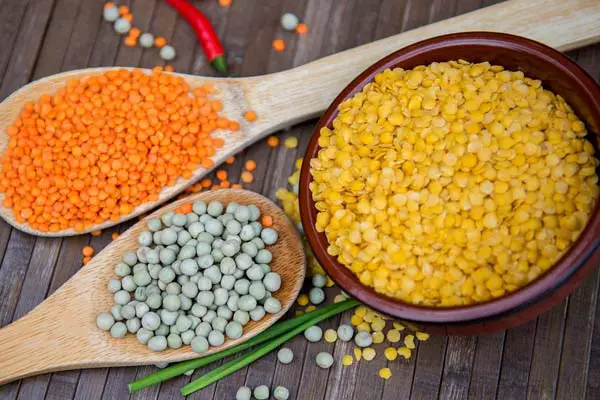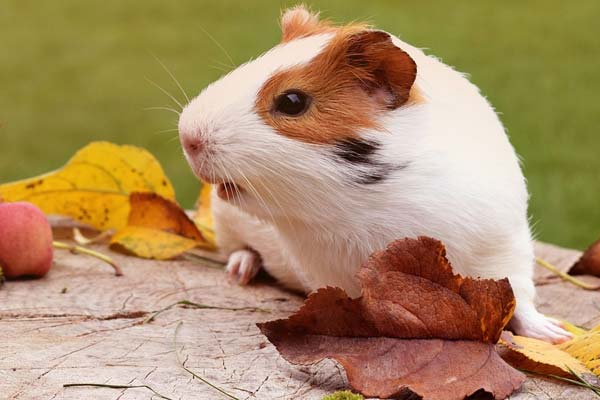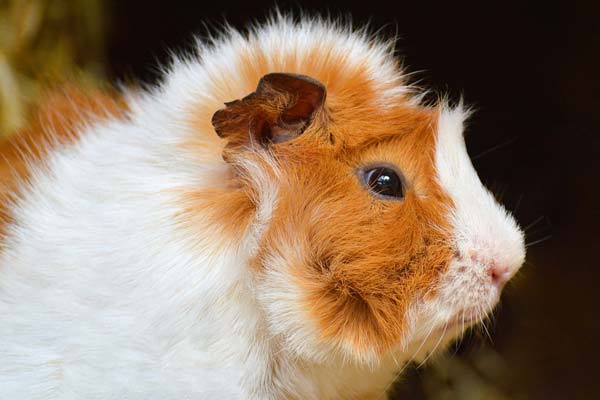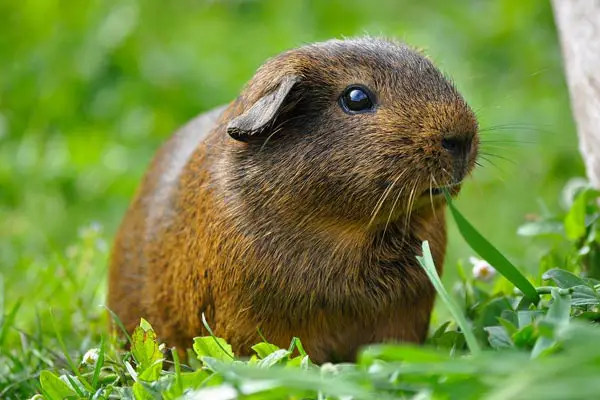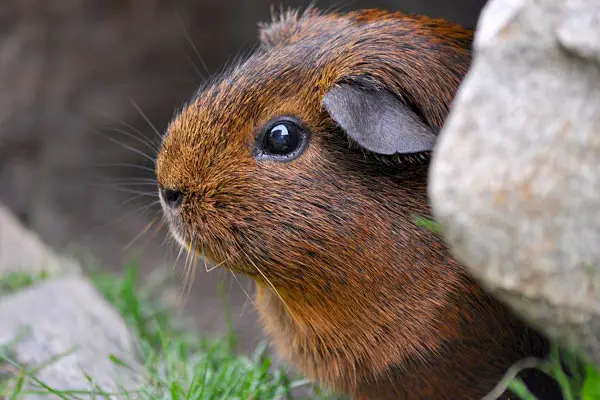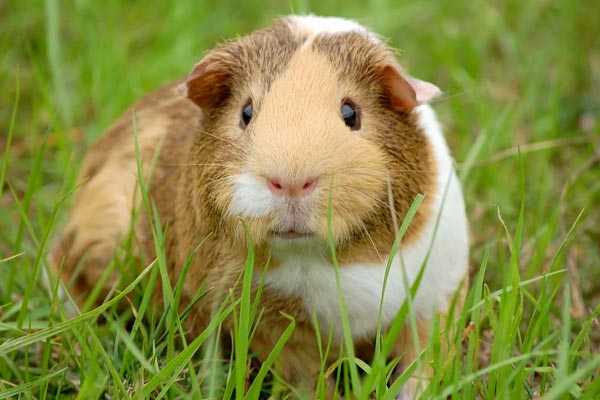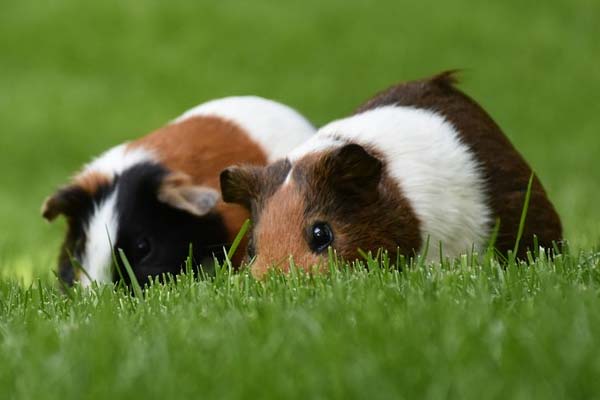Can Guinea Pigs Eat Lentils? The Pros and Cons of This Tasty Temptation!
Curious about feeding guinea pigs lentils? Discover if it’s safe and beneficial in this comprehensive guide.
Learn about suitable diets, alternative protein sources, and potential health implications. Ensure your furry friends stay nourished and happy!
Can Guinea Pigs Eat Lentils?
Lentils are a legume often included in human diets as a protein, fiber, and other nutrient source. However, can guinea pigs eat lentils?
The answer is no; guinea pigs should not eat lentils. While lentils are indeed high in protein and carbohydrates, they are not suitable for guinea pigs due to their high starch content and the presence of lectins, which can cause digestive problems and be toxic to guinea pigs if consumed in large amounts.
Guinea pigs require a diet primarily consisting of hay, fresh vegetables, and some fruits to meet their nutritional needs adequately. It’s essential to avoid feeding them foods that may harm their health.
Guinea pigs should avoid lentils due to their high starch content and a toxic compound called lectin. Their specific dietary requirements are essential to maintain their health. A balanced diet for guinea pigs should include hay, fresh vegetables like carrots, bell peppers, leafy greens, and small pellets.
Access to fresh water is also crucial for their well-being. Improper diets can lead to various health issues for guinea pigs, including obesity, dental problems, and digestive troubles.
Lentils: What You Need to Know
Lentils are a popular legume with valuable nutritional benefits. They offer plant-based protein, fiber, essential vitamins (such as vitamin B6 and folate), and essential minerals like iron, zinc, and potassium, all contributing to overall health and well-being.
According to the USDA, one-quarter cup of dried lentils contains:
- 169 calories.
- 12 grams of protein.
- 0.5 grams of fat.
- 30 grams of carbs.
- 5 grams of fiber.
- 1 gram of sugar.
Lentils are also good calcium, iron, magnesium, potassium, and zinc source. Lentils are a nutritious food for guinea pigs, supplying essential nutrients like fiber and vitamin C that meet their dietary needs.
However, it is essential to note that lentils should not be the primary food source for guinea pigs and should only be given in moderation as a treat.
While lentils can be a nutritious addition to a guinea pig’s diet, they should not be the primary food source. Guinea pigs require a diet rich in fiber and vitamin C, which lentils can supplement. However, offering lentils in moderation is essential as occasional treats, not a staple food.
While lentils are generally considered safe for pigs, it is vital to ensure that they are given a varied diet to avoid vitamin deficiencies and starch overload. Lentils can be a great addition to a pig’s diet but should not be the sole food source.
Safe Foods for Guinea Pigs
Guinea pigs have specific dietary needs crucial for their excellent health. A balanced diet is essential to avoid digestive issues, health problems, and discomfort.
Here are some safe foods that can be included in a guinea pig’s daily diet:
Hay
Guinea pigs need constant access to high-quality hay, such as Timothy hay, which is preferred due to its low calcium content. Hay should make up 80-85% of their daily intake and always be available. Other types of hay that can be included are oat and orchard hay.
Pellets
Commercially available pelleted food explicitly made for guinea pigs can be fed in limited amounts. Pellets should be high in fiber, low in carbohydrates, and contain at least 16% protein. Avoid feeding pellets with seeds, nuts, or dried fruits.
Vegetables
Leafy greens like romaine lettuce, kale, and cilantro should be the primary fresh produce in a guinea pig’s diet, with daily variety. Vegetables such as red or green pepper and broccoli, rich in vitamin C, make excellent daily options. Carrots, tomatoes, and cucumbers can be included in moderation.
Fruits
Fruits should be offered sparingly, once or twice a week, as they are often high in sugar and have little nutritional value. Some safe fruits include strawberries, blueberries, and apples. Avoid feeding fruits high in sugar, such as bananas and cantaloupe.
Water
Fresh, clean water should be available at all times. Guinea pigs need to stay hydrated to maintain good health. It’s important to note that guinea pigs are herbivores and should not be fed meat or dairy products.
Also, avoid feeding them foods toxic to them, such as onions, garlic, and potatoes. Care should be taken to avoid foods that can cause bloat or gastrointestinal upset, such as cabbage and beans.
Health Implications and Considerations
Feeding guinea pigs requires considering their health implications. Though safe for humans, lentils have different nutritional requirements than guinea pigs. They lack vitamin C and contain high calcium, posing risks of scurvy and bladder stones if fed in large quantities.
Feeding guinea pigs lentils could also lead to digestive issues such as bloat, gas, and diarrhea. These issues could cause discomfort and gastrointestinal upset in guinea pigs, leading to health problems.
It is important to note that guinea pigs have a delicate digestive system and are prone to digestive issues. Therefore, it is crucial to introduce new foods gradually and in small amounts. If a guinea pig shows any signs of discomfort or digestive issues after consuming lentils, it is recommended to discontinue feeding them.
Alternative Protein Sources
Lentils are not recommended for guinea pigs, but numerous alternative protein sources are available. Their diet should be high in fiber, low in fat and sugar, with protein comprising around 16%. Offering a variety of protein sources is essential for their well-being.
Hay and Grasses
Hay and grasses are vital for a guinea pig’s diet, providing fiber and protein. Timothy hay is a popular low-calcium, high-fiber option, while alfalfa hay is suitable in moderation due to its higher calcium content. Meadow, oat, or brome hay can also be included to diversify their diet.
Seeds and Nuts
While seeds and nuts are high in protein, they are also high in fat and should only be given in small amounts as an occasional treat. Pumpkin and flax seeds are good protein sources and can be provided in moderation.
Protein Sources
Guinea pigs have various protein sources available in their diet, including cattle blood meal and donkey meal as primary protein sources. Other options include soybean meal, dried mealworms, and cooked eggs, provided they are free from additives or seasonings.
Nutritional Value
When feeding guinea pigs, prioritize foods with high fiber, low fat, and sugar content. Fresh fruits and vegetables like bell peppers, kale, and tomatoes can provide essential vitamin C, which is crucial for their health.
Conclusion
In conclusion, “Can Guinea Pigs Eat Lentils?” is a definitive no. While lentils offer nutritional benefits for humans, they are unsuitable for guinea pigs due to their high starch content and potentially harmful lectins. Guinea pigs have specific dietary requirements that should be met through a balanced diet of hay, fresh vegetables, and some fruits.

